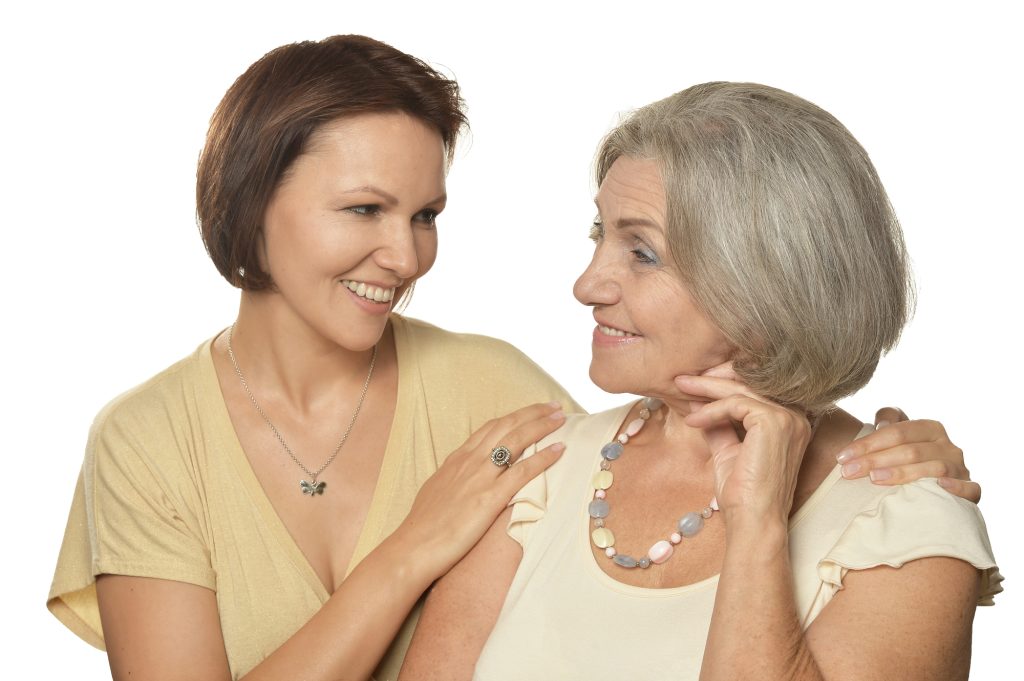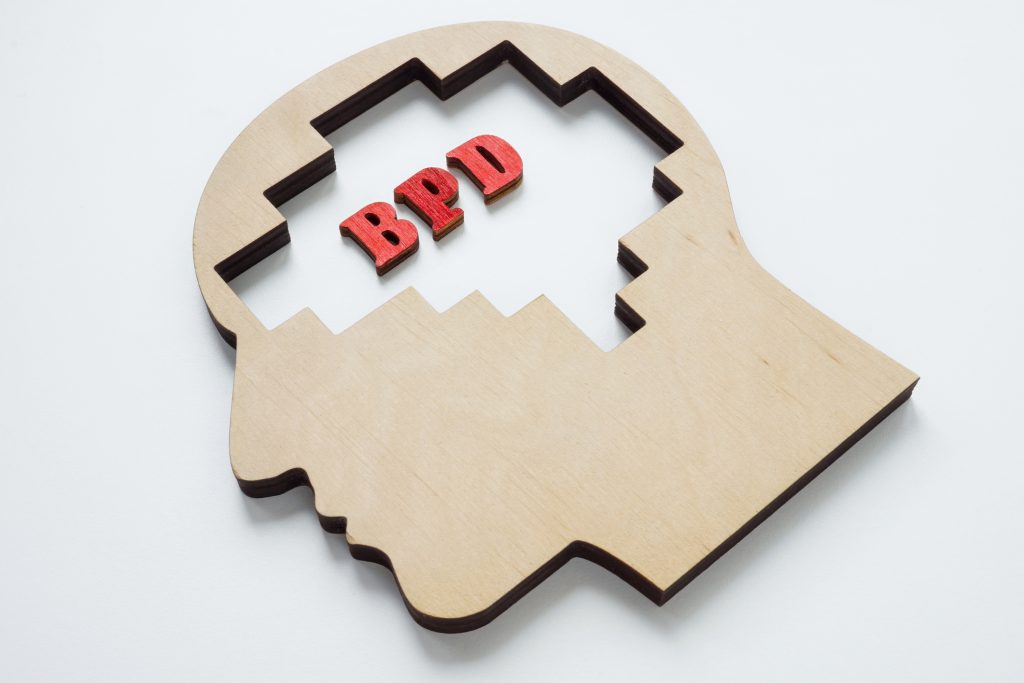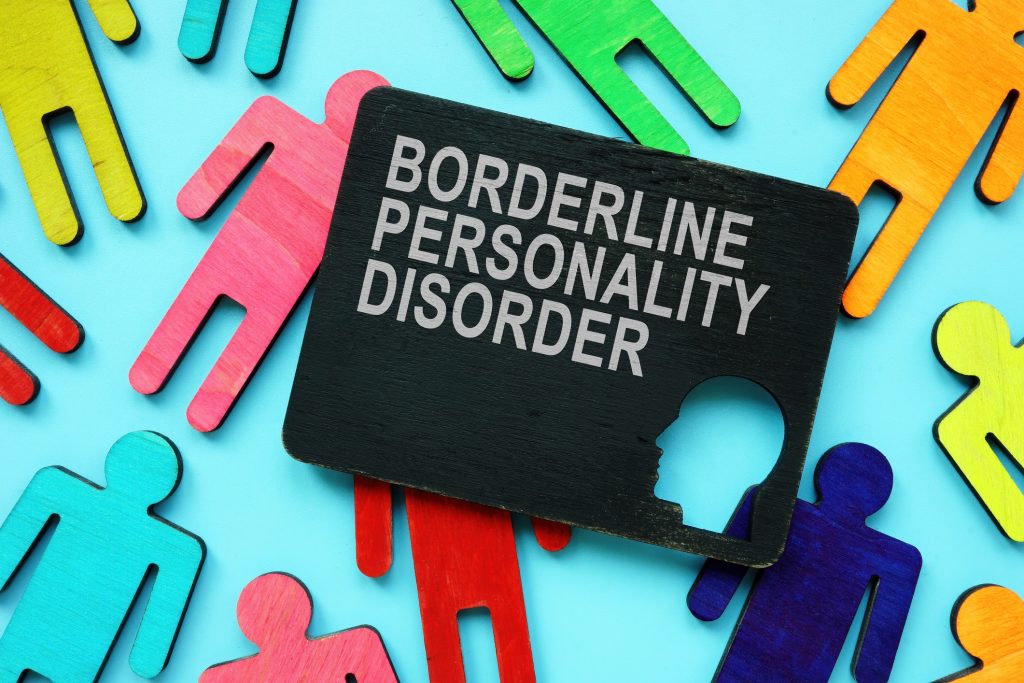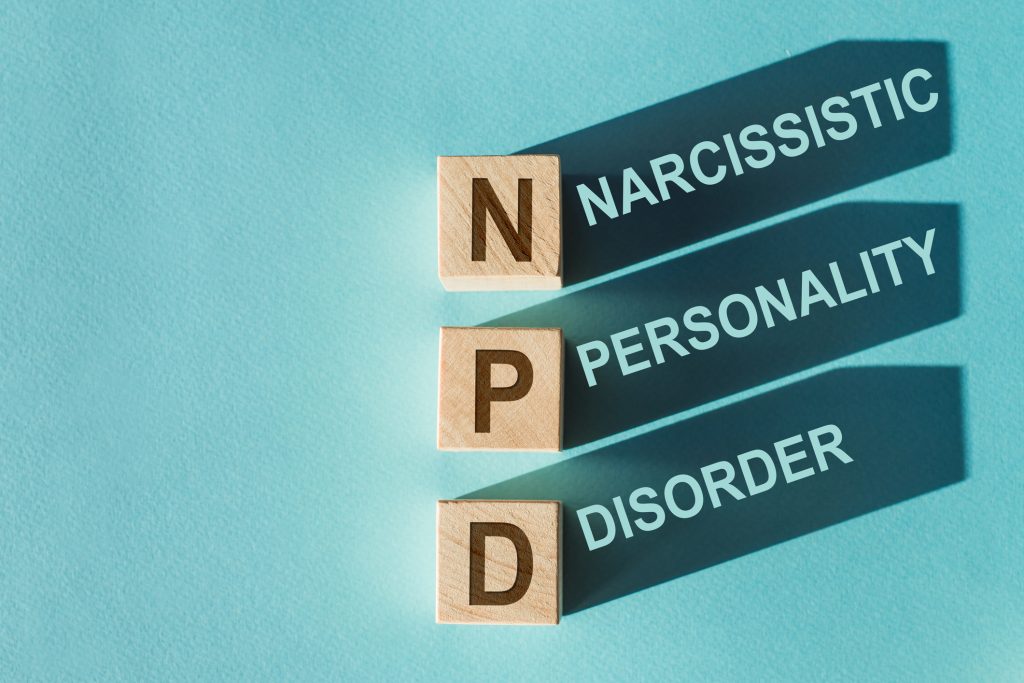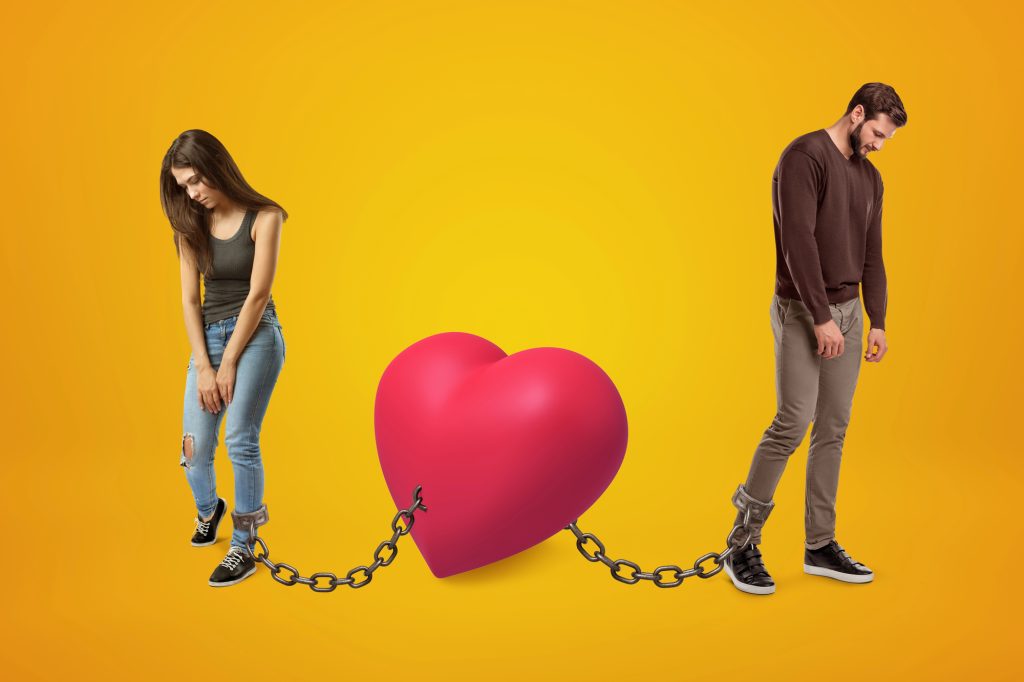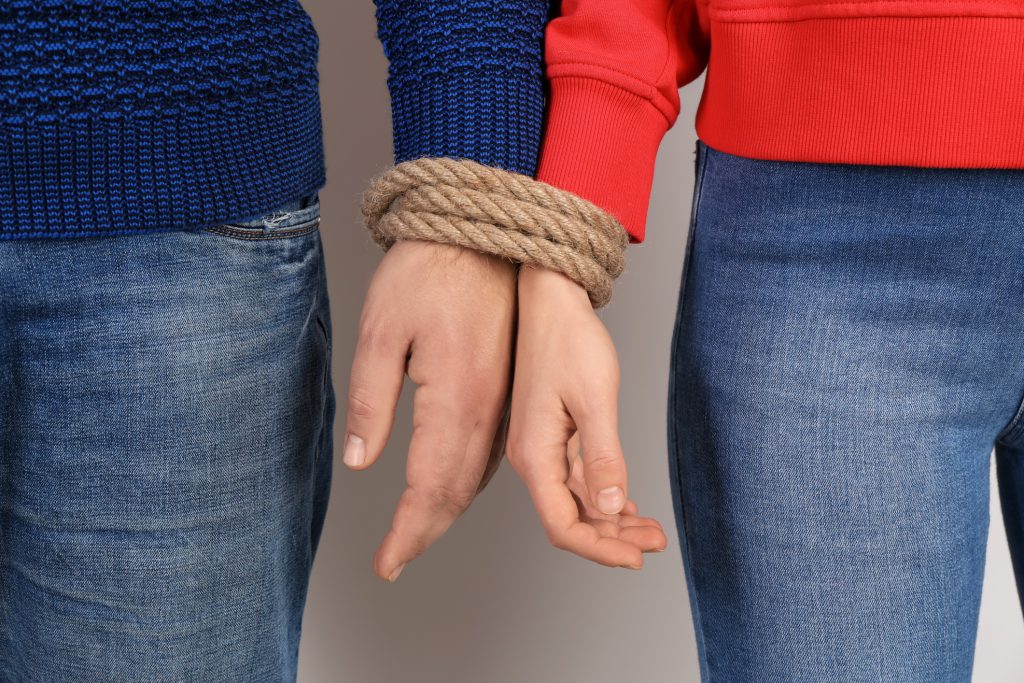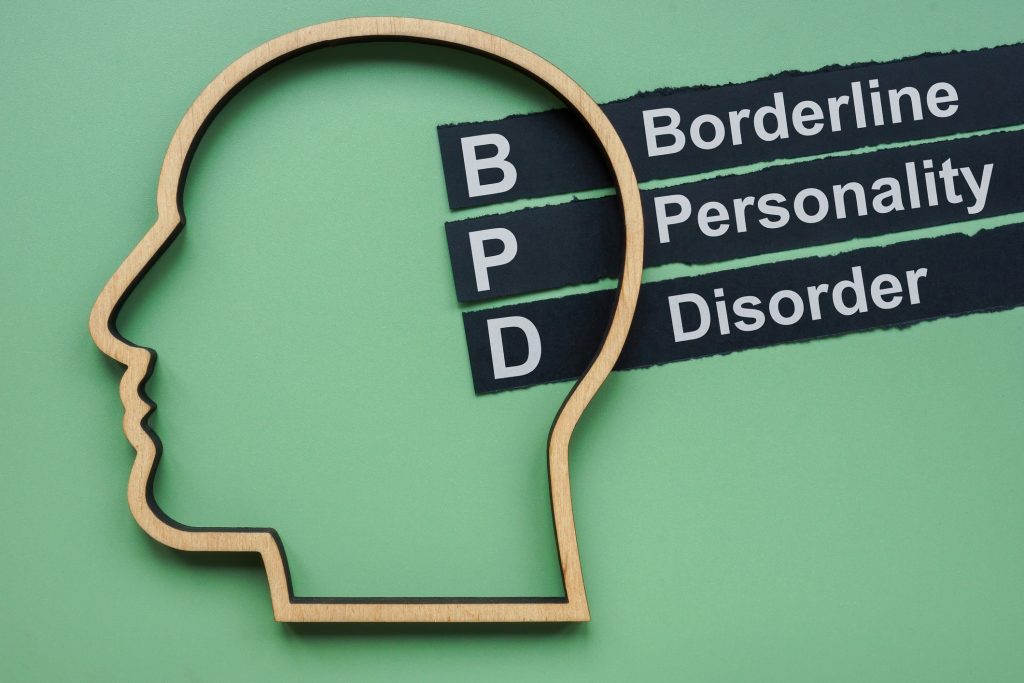
Codependency Versus Enmeshment: Two Dysfunctional Patterns with Similar Themes
by JJ Keeler
Anyone with a dog has probably experienced an overly dependent or intermingled relationship; as Fido insists on following you into the bathroom, it becomes evident that boundaries fail to exist. But while we make an exception for our four – legged family members, codependency and boundary violations in human partnerships aren’t so warm and fuzzy.
In fact, codependency and blurring boundaries (enmeshment) can s our a relationship and rob individuals of their sense of self. Read on to learn about these partnership poisons and how to recognize when they’re happening.
What is Codependency?
Codependency is an unhealthy and unsustainable relationship pattern where o ne person overly relies on the other, constantly turning to them for engagement, excitement, and emotional lifting. While strong partnerships make room for all kinds of support, co – dependency takes things to a toxic level, with one partner offering support at the expense of their well – being.
Some examples of codependency include the following:
- A wife who assumes her husband’s responsibilities, such as managing his calendar, calling his employer, and scheduling his doctor appointments, typically to her det riment
- A husband who adopts his wife’s likes and hobbies instead of exploring his interests
- A spouse who insists on knowing where their partner is and who they’re with at all times
- A girlfriend who feels responsible whenever her boyfriend is in a bad mood and takes it upon herself to fix it
- A friend who constantly gives more of themselves than they get back
What is Enmeshment?
Enmeshment involves erasing personal boundaries; it occurs when someone or several people in a relationship become consumed with another person’s life or too entangled in their decision – making and everyday existence. Enmeshment can involve one guilty party, such as a mother who read s her daughter’s private journal, or it can affect multiple people, such as a married couple who abandons their friends and family so they can purely focus on each other
Other examples of enmeshment include the following:
- Parents who unreasonably immerse themselves in the lives of their adult children
- A spouse who is unable to find joy (or anything to do) whenever their partner is out of town
- A boss who repeatedly makes an employee feel guilty for leaving at their scheduled time
Why Do Codependency and Enmeshment Happen?
While codependency and enmeshment differ, they’re destructive relationship patterns with standard foundations. Often, these patterns emerge due to mental health challenges, including addiction and borderline personality disorder ( BPD) . They may also arise because of trauma, a lost sense of self, learned behaviors, a turbulent childhood, or fear of abandonment (a fear at the heart of BPD ).
Codependency and enmeshment can occur individually or together; breaking their cycles require s confronting stubborn beliefs and moving away from ingrained habits. Although people can change independently , professional help is crucial to making that change easier and permanent.



